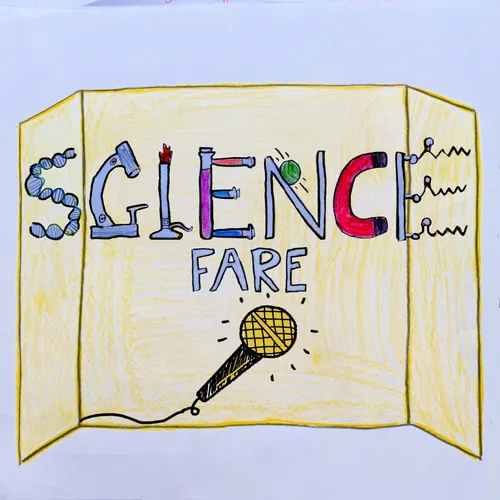Part 2 of Kelly Knudson on Using Archaeological Chemistry to Help Understand Feasting at a 2000-year-old Site in Peru
- Author
- Susan Keatley
- Published
- Wed 13 Dec 2023
- Episode Link
- https://shows.acast.com/science-fare/episodes/part-2-of-kelly-knudson-on-using-archaeological-chemistry-to
Part 2 of the conversation with Kelly Knudson, professor of Anthropology in the School of Human Evolution and Social Change at Arizona State University, and director of the Center for Bioarchaeological Research and the Archaeological Chemistry Laboratory, who talks to us about archaeological chemistry, her path as an archaeological chemist, and about a paper she and others published in PNAS entitled “Feasting and the evolution of cooperative social organizations circa 2300 B.P. in Paracas culture, southern Peru,” in which the chemical isotope data help determine where objects at a feasting site came from, and from there, lead to inferences about the evolution of social complexity at the site.
We discuss:
*What Kelly and her colleagues learned about where the objects at the site were from [2:45]; about 25% of objects coming from significant distances, and interpret that to mean the feast-goers were coming from significant distances [3:00];
*Were the results expected? Surprising? [3:54];
*What kinds of distances are we talking about, and how does the concept of distance today differ from what it may have meant in the past? [6:30];
*How the archaeological and chemical data come together [9:30];
*What happens when the archaeological and chemical data conflict? An example [12:45];
*How the field of archaeological chemistry has changed since Kelly was in graduate school [16:49];
*What excites Kelly the most about archaeological chemistry research — trying to understand what people’s lives were like the past [17:40];
*Connection to an Arizona state high school science learning standard on how the structure of atoms relates to patterns and properties observed in the Periodic Table [19:10];
*Kelly’s memory from high school science — an AP Bio project that was her first “field” experience and how much she loved it [23:45];
*Kelly’s advice to high school students interested in science — explore, be attuned to what interests you, be open to new paths and opportunities that open up [26:00]
Hosted on Acast. See acast.com/privacy for more information.
